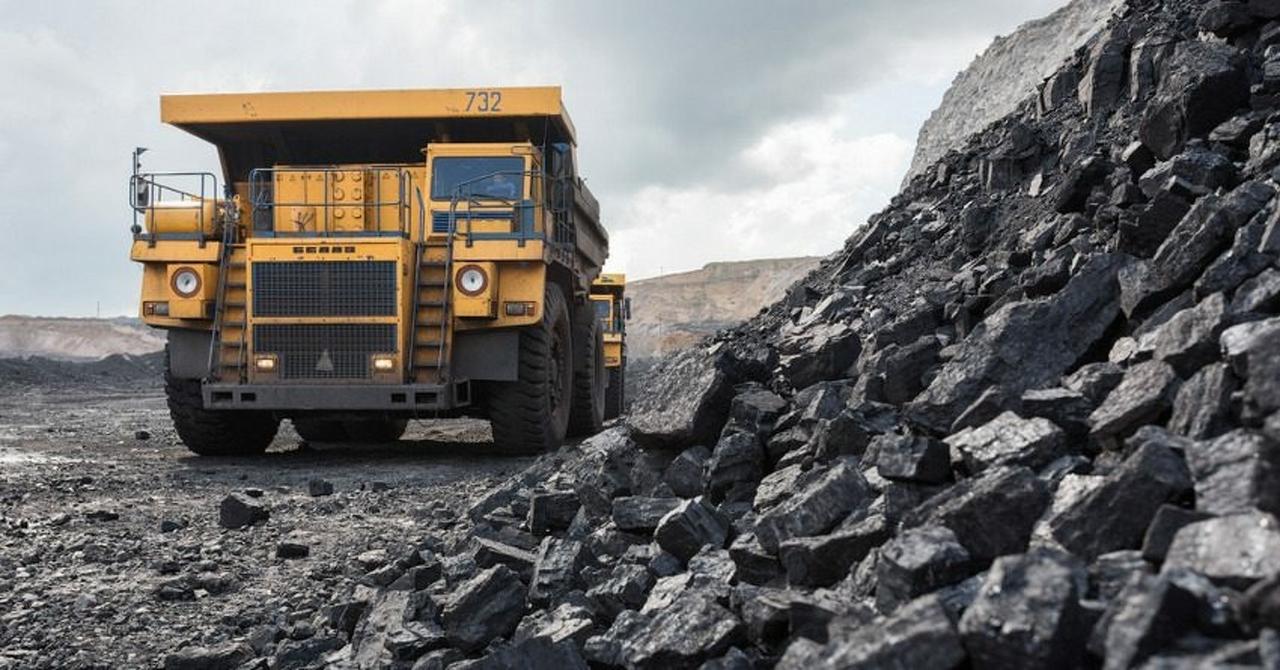ASTANA – Kazakhstan is one of the world’s biggest coal producers, along with China, India, the United States, Russia, Australia, and South Africa. The country exports and relies on coal for domestic energy production, with nearly 70% of its electricity generated from coal—meanwhile, renewable energy makes up nearly 6.5% of the energy mix. While the country strives toward a green transition, experts are now asking: what should be done with its vast coal reserves?

Photo credit: gov.kz
Experts provide varying estimates on the country’s coal reserves. Government agencies project they could last 250 to 300 years at current consumption rates, while some experts suggest they could last up to 650 years. Under Kazakhstan’s obligations as part of the Paris Agreement and its goal of carbon neutrality by 2060, coal consumption is expected to decline.
Challenges in reducing coal dependence
According to Bolat Yermagambet, scientific director of the Institute of Coal Chemistry and Technology, phasing out coal in the current economic climate presents a formidable challenge.
As Kazakhstan seeks to diversify its economy, the deep processing of hydrocarbons—such as petrochemicals, gas chemicals, and coal chemistry—has gained attention. Not all coal is suitable for chemical processing, but solid fuel from the Turgai and Maikuben basins and Shubarkol coal is well-suited. Known for its high calorific value and low ash content, Shubarkol coal burns as easily as paper and is regarded as a relatively cleaner energy source.

Bolat Yermagambet. Photo credit: inbusiness.kz
Kazakhstan boasts more than 40 coal deposits, with the most extensive and commercially viable reserves concentrated in the central and northern regions. The Karagandy coalfield, which holds the country’s coking coal reserves, is a key hub for coal chemistry development.
Coal chemistry is advancing most rapidly in this region. Qarmet, Kazakhstan’s largest steel and mining company which owns the Karagandy metallurgical plant in Temirtau, is investing $262 million in a project to process 200,000 tons of coal tar annually, producing more than 15 types of coal-chemical products. Meanwhile, China Energy has expressed interest in investing $4 billion in Kazakhstan’s coal chemistry sector.
Businesses are adapting to new trends. At the Shubarkol deposit, production has expanded beyond traditional coal extraction to include special coke, activated carbon, coal tar, oil, and humic liquid fertilizers. With advanced processing technologies, coal can yield more than 400 high-value products, ranging from ammonium nitrate and purified methanol to ethylene, sulfur, and metal alloys.
The institute also studies ways to extract silicon oxide and rare-earth metal concentrates from coal ash.
“High-quality coal can yield composite materials, nanofibers, and even plant fertilizers,” said Yermagambet.
The institute holds 30 patents for coal-based fertilizers, which have been tested in southern Kazakhstan, improving wheat, barley, oat, potato, and tomato yields while reducing nitrate content.
Environmental and industrial applications
Coal-derived sorbents, known for their ability to absorb toxins, have a wide range of industrial applications. They play a crucial role in cleaning infrastructure across the metallurgical, oil refining, and gas industries, as well as in purifying wastewater and canals. Despite Kazakhstan’s abundant coal reserves, the country relies on imports of such sorbents, with costs ranging from $1,000 to $10,000 per ton, depending on quality.
In the medical field, researcher Ainagul Malgazhdarova is investigating the potential of coal-based sorbents to purify folic acid—a crucial vitamin essential for immune function and circulatory health.
“Folic acid is significantly more expensive than coal. Companies spend considerable resources on its purification. We are exploring a cost-effective method using sorbents,” she said.
Kazakhstan’s fuel and energy complex development concept, which runs through 2029, emphasizes coal-processing technologies used in China, the U.S., and India, where state support plays a crucial role.

Oleg Pak, chairman of the Kazakhstan Union of Chemical Industry. Photo credit: inform.kz
Oleg Pak, chairman of the Kazakhstan Union of Chemical Industry, highlighted China’s approach to coal processing, where every coal-mining company is mandated to process at least 10% of its annual extraction. With China producing an estimated three billion tons of coal each year, this policy ensures that over 200 million tons undergo further processing, adding significant value and driving industrial innovation in the sector.
“Kazakhstan mines 110 million tons—a significant volume. Instead of merely disposing of excess coal, we could develop coal-chemical industries, boosting state revenues by trillions of tenge,” said Pak.
Experts also highlight coal’s potential for gas production. A decade ago, researchers at the Institute of Coal Chemistry and Technology conducted underground gasification experiments at the Saryadyr coal mine in the Akmola Region. Their findings demonstrated that billions of cubic meters of gas could be extracted.
Challenge facing investors
Kazakhstan’s coal mining sector is home to around 50 domestic and foreign companies, yet not all are keen on venturing into coal chemistry. The challenge lies in the return on investment, which takes around six years, requiring investors to adopt a medium-term outlook.
“There is currently a global shortage of carbonate, a salt of carbonic acid used in making glass, soap, paper, and detergents. Kazakhstan has an opportunity to enter this market,” noted Pak.
Experts say Kazakhstan could launch around 15 coal-chemical projects, but government support is needed.
“Large-scale projects in this sector are lacking, except for coke production. However, even that is not truly coal chemistry. We need to increase coal’s profitability. The added value from coal processing could grow 10 to 30 times,” said Pak.
The article was originally published in Kazinform.


